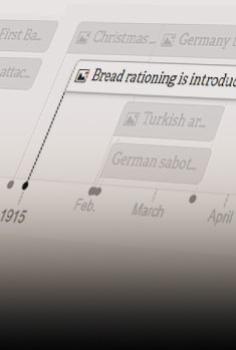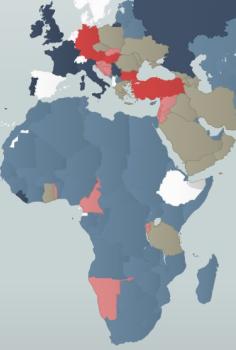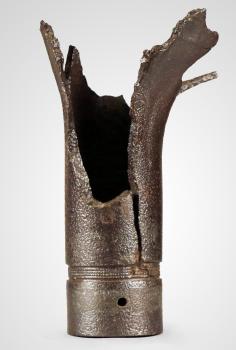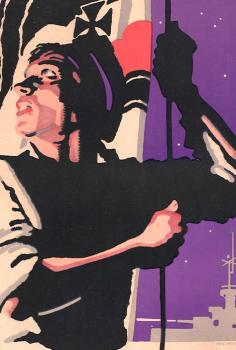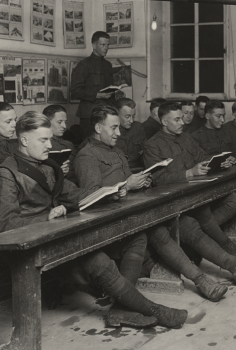The airplane began the First World War as primarily a reconnaissance tool, but through the years of bitter fighting, it evolved quickly. By 1918, aircraft in many shapes and sizes performed a variety of roles including bombing, ground support, interdiction and air-to-air combat. Intertwined with this evolution in technology was a similar evolution in culture. Pilots that focused on “pursuit” (air-to-air combat), began developing their own subculture. Partly as a response to the bleak conditions of trench warfare on the ground, pursuit pilots valued their independence and aggressiveness, and tended to see themselves as heroes in the mold of Greek myths or medieval knights. This culture was a constructed abstraction of reality. For some it was a veneer to cover the fears associated with flying, or the pain of losing comrades, and in some cases it was an accurate reflection of individual personalities. For all involved, this culture—itself a romanticization of reality—was a call back to a romanticized past. Yet it was powerful force that both brought pursuit pilots together and separated them from other types of fliers and soldiers. The main tenets of the subculture of the “knights of the air” that was formed in the First World War have been passed down through the decades and remain the key elements of fighter pilot culture 100 years later.

